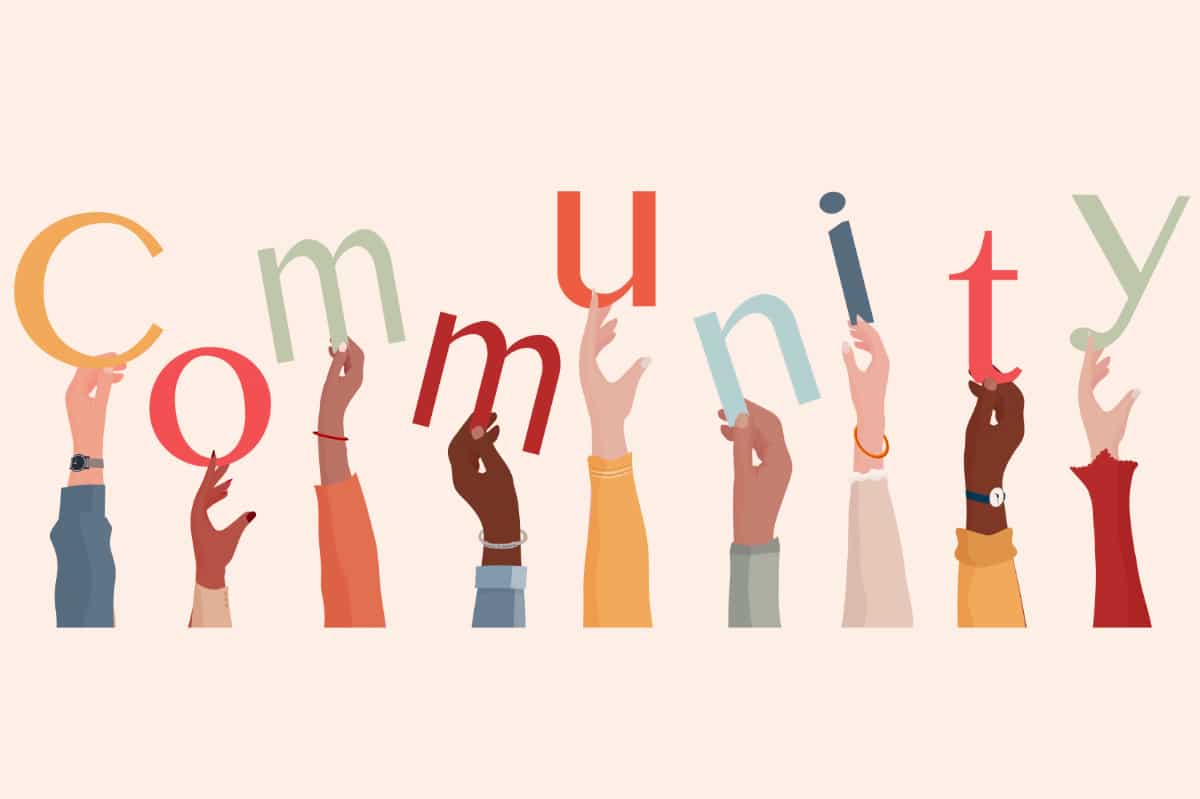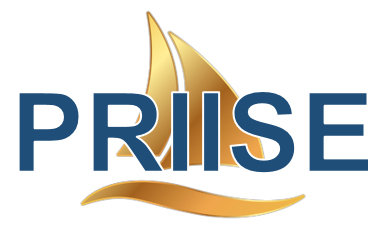
By Derek T. Dangerfield II, PhD
Recently, I had an insightful conversation with some community partners about the crucial need to bridge gaps in the sharing of scientific information with “the community” and helping scientists see themselves as part of “the community.” Reflecting on our discussion, I was reminded of how POSSIBLE, my first intervention published this year in AIDS & Behavior, helped me own the dual position of being both a scientist and a community member which was key to engaging participants and gaining preliminary success.
One of the most novel aspects of the approach in POSSIBLE was positioning the peer change agent as both a community member and a scientist. In that study, I served as a peer change agent, working with Black sexual minority men (SMM) using a script to help them reconsider their health beliefs and explore whether PrEP was best for HIV prevention. This dual role redefined the traditional model of health interventions, where information is often delivered by “outsiders” who might lack a lived understanding of the experiences of Black SMM, who often feel that researchers and clinicians do not understand or care about them. However, participants could see that I wasn’t just a scientist imposing a solution; I was someone who understood their lives, hopes, and challenges because I shared them as my own. Occasionally, I disclosed personal information regarding medical mistrust, adherence issues, and navigating relationship dynamics in light of PrEP use. This connection bridged not only the informational divide but also the often-rigid separation between scientific authority and community understanding.
As a result, POSSIBLE didn’t just communicate scientific knowledge; it contextualized it with cultural sensitivity and genuine empathy. By integrating this peer-oriented approach to the intervention, we transformed the dynamic between community members and scientific knowledge. Science became something that participants could see themselves in, as it was something that I was a part of, a tool that spoke directly to their needs and perspectives, as it did (and continues to do) for mine. I described the personal, professional, and ethical considerations associated with this dynamic in an autoethnography published in the Journal of Environmental Research and Public Health.
Our conversation highlighted a critical insight: for science to be truly valued, it must be relevant and resonate with the community’s lived experiences. But the reverse is also true—scientists must learn to value community insights as an essential part of their work. To make science resonate, it must be seen as something that belongs to the community, that addresses their needs, reflects their experiences, and values their voices. And for scientists to be effective, we must be willing to step outside of our comfort zones and into the spaces where real lives and real stories are shaped. Science cannot live in a vacuum, and public health cannot thrive without meaningful community involvement. The “shade” is, scientists are a part of the community. When we shift the perspectives on how we see ourselves, we can change the dynamics between how we engage each other.
